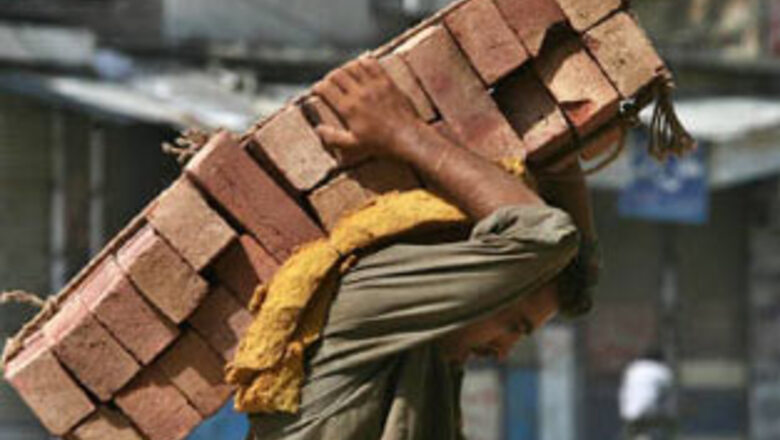
views
Neward, (California): Forget microchips. Silicon Valley sees a profitable future in the humble brick thanks to a low-energy production process that illustrates the greening of the US technology capital.
Brick maker Calstar Products is heavy on PhDs and backed by venture capitalists whose vision is to create buildings less expensively and in a way that saves energy.
"We think it is time for a second industrial revolution," said Paul Holland, a partner at Foundation Capital, which invested $7 million in Calstar. EnerTech Capital led another round that raised $8 million for the business.
"We and dozens of others are trying to create green alternatives for all the things that happen in the building industry," Holland said.
Currently about 40 per cent of US energy use goes toward the heating, cooling and general operation of buildings.
Silicon Valley is finding high-tech ways to make age-old materials, pursuing carbon dioxide-eating concrete, windows that insulate better than walls, and wood substitutes.
The field is still new. Venture investments in green buildings have waxed and waned with the recession, but involved 45 deals worth about $350 million the past year, according to Cleantech Group LLC.
3,000-YEAR WAIT
Bricks have been made pretty much the same way for 3,000 years, until Calstar's scientists came up with their new technique, said Chief Executive Michael Kane.
Ordinary bricks are fired for 24 hours at 2,000 degrees F (1,093 C) as part of a process that can last a week, while Calstar bricks are baked at temperatures below 212 F (100 C) and take only 10 hours from start to finish, Kane said.
The recipe incorporates large amounts of fly ash – a fluffy, powdery residue of burned coal at electric plants, that can otherwise wind up as a troublesome pollutant.
"Ours is a precise product" that relies on getting the chemistry right, said Amitabha Kumar, Calstar's director of research and development.
The process of making the bricks, which look and feel like any other brick, requires 80 to 90 percent less energy and emits 85 percent less greenhouse gas than ordinary bricks, according to Calstar.
Lower energy costs mean higher profit, allowing the company to pay for its research and compete against large companies that have economies of scale. The new bricks -- which the Brick Industry Association says are not actually bricks -- will sell for the same price as traditional clay-based ones. The Brick Industry Association says there is also no proof that products using fly ash will last as well as traditional brick.
BRICKS FOR CHINA?
The low-carbon footprint in the production process also gives the bricks a strong environmental cachet, and Calstar is targeting the "green materials" market with the goal of competing against traditional clay brick makers like Glen-Gery of Pennsylvania and Endicott of Nebraska.
The company's headquarters and research facility is based in a warehouse on the shores of San Francisco Bay but its first plant is under construction in Caledonia, Wisconsin, the heartland of brick-using country. It is near a Wisconsin Energy Corp plant that can supply calcium-rich fly ash.
The plant is to be running before year's end. At first, the company will make only "facing brick," used on the outside of buildings, a $2 billion annual US market. It plans to branch out into paving stones, roofing tile and other brick markets.
The company has signed 16 distributors to sell 12 million or more bricks the first year, and plans to make 100 million bricks for sale throughout the Midwest and South, Kane said.
After that, fast-growing markets like China beckon.













Comments
0 comment